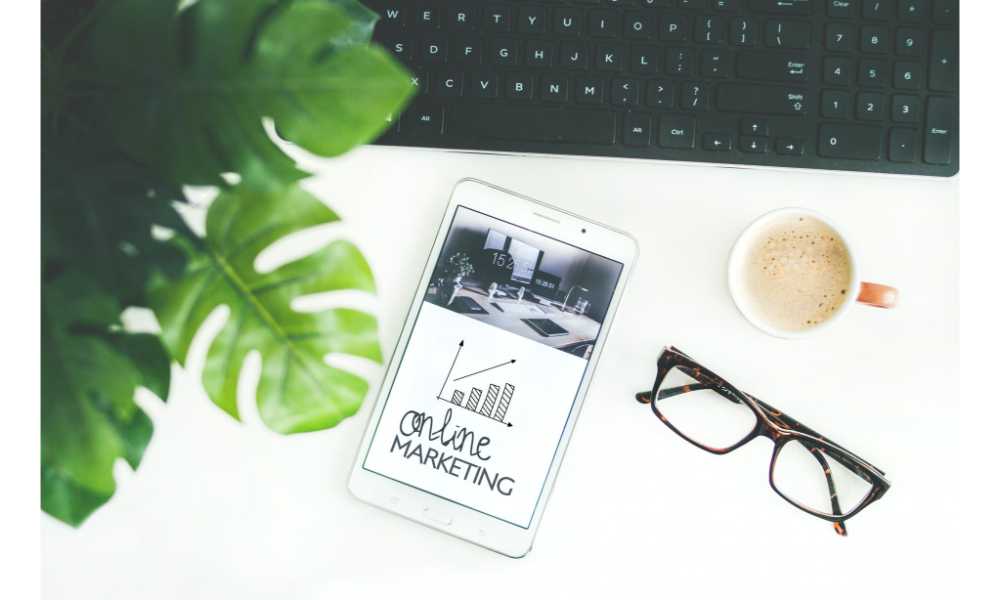Tech-savvy and on-the-move are the two terms that describe today’s workplaces. Artificial Intelligence driven machines, in particular, have single-handedly taken over major work processes.
Artificial intelligence is often described as a machine’s ability to copy or imitate human actions. Common examples include self-driving cars, face recognition, GPS tech and many more.
And while proponents and organizations that have implemented AI are reaping huge benefits including increased productivity, reduced costs in terms of payroll, more accuracy and much more, this widely spreading tech is not without its downsides.
PricewaterhouseCoopers, recently released an eye-opening report showing that employees will be significantly impacted by the rapidly growing adoption of AI, robots and related tech. The popular accounting and management consultant fears that employees from the banking sector, industrial workers and office teams will lose their jobs if they do not come up with ways to re-invent themselves in a tech-savvy world.
But the well-intentioned AI has come with many dangers and inadvertent consequences. Apart from leaving millions jobless, it has also led to the disreputable use of the tech. For example, China has been using facial recognition to profile some of its citizens illegally.
World Largest Cities Not Ready to Deal with the Impacts of AI
An IBM survey also warns that over 120 million employees all over the world will be forced to consider re-training in the coming three years as a result of the impact of AI on various jobs.
AI is encroaching into marketplaces so fast that the world’s top cities are not ready to mitigate its impact according to another research by Oliver Wynam, a management consultant.
In China for instance, the researcher predicts that more than 50 million employees may need re-skilling due to AI encroachment. The United States will need to re-equip more than 11 million staff to fit into new AI-ready workplaces. Meanwhile, millions of staff in nations like Germany, Brazil and Japan will need help familiarizing with the AI-driven transformations.
Can Human’s Really Be Re-equipped to Fit AI-ready Workplaces?
Though some market analysts are of the opinion that staff can practice new skills and fit into AI-dominated workstation, the reality shows otherwise.
For instance, Amazon leverages the assistance of thousands of (its) Kiva robots in its warehouses. These robots can take and package an order in just 15 minutes, a significant improvement from the 60 – 75 minutes a human takes to complete similar tasks.
So in other words, humans may not match up to the capability of robots because of their natural limitations.
In conclusion
From the above studies, we can tell that humans must get creative to survive in AI-dominated workplaces. Organizations that Implement AI must also lay down plans to get their workers up to speed to ensure a smooth transformation.
Author Bio: Michael Hollis is a Detroit native who now lives in Los Angeles. He is an account executive who has helped hundreds of business owners get a merchant cash advance.
He’s experimented with various occupations: computer programming, dog-training, scientificating… But his favorite job is the one he’s now doing full time — providing
business funding for hard working business owners across the country.



